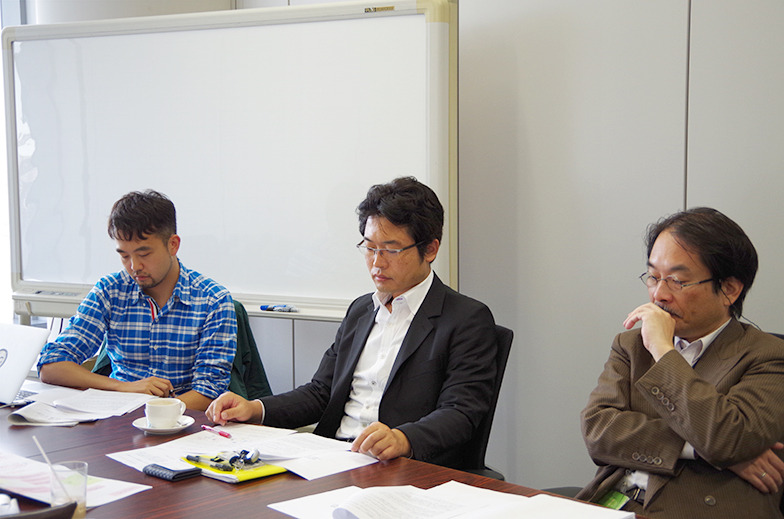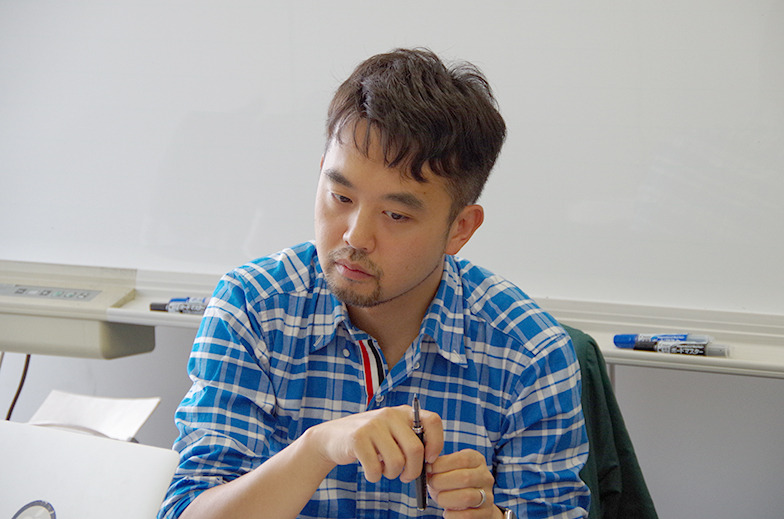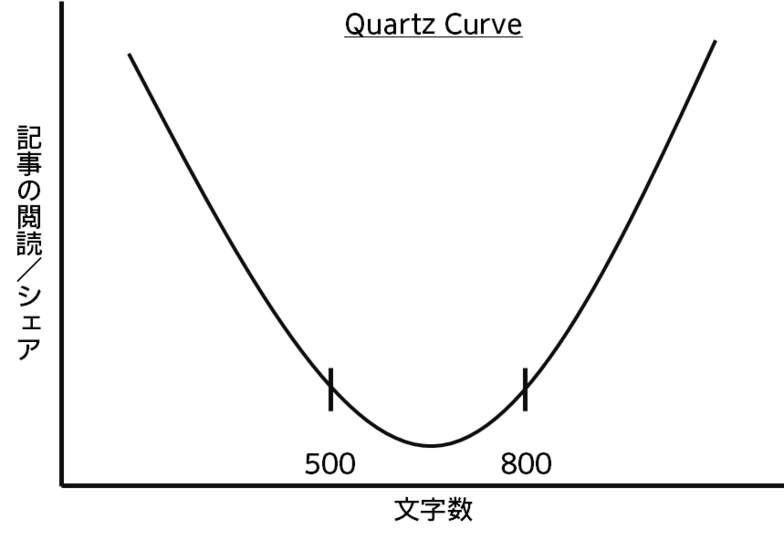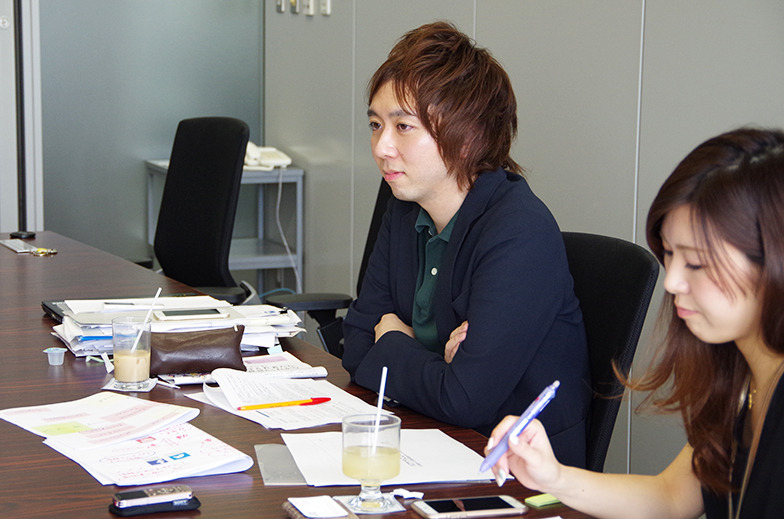This is precisely where the difference becomes stark: the "hints" often seen on Instagram are difficult to pull off in literal communication (text-based communication) like Twitter. When heavy female Instagram users explain it, you realize there's a carefully designed desire pathway – like, "When that guy I'm interested in sees my account, I can present myself as this cool, stylish person." Putting that into words ruins it; it becomes clumsy. Grasping that desire pathway so precisely is fundamental.
For example, one month someone might decorate every photo with heart stickers and make their profile page look super cute, then suddenly switch to purple or pink tones the next month. You start to see layers of trends within an individual. It's fascinating, like observing the stratigraphy of someone's evolving preferences.
In the early days of the internet, sharing was often framed around the idea of "connecting with the entire world." But kids today would probably just say, "I don't want to connect," and leave it at that.
Anthropologist Robin Dunbar's famous finding states that "in human societies, the limit for sharing stable social relationships is around 150 people on average." While the internet has slightly expanded this cognitive limit, I feel social media's focus is gradually shifting back toward the narrower, individual-level reality.
It feels new that life and daily needs can be so heavily fulfilled online. Apps and services from ten years ago wouldn't have enabled this. It's interesting how the online reality is starting to lock into the real world, but it also feels like putting the cart before the horse.
Dominique: Something fashion designer Yoshikazu Yamagata of writtenafterwards said really stuck with me. He mentioned that in your early twenties, you can break through using intuition without needing words, but by your late twenties, your intuition clearly weakens. He said the gist was that if you don't establish a concept, your individuality dies. I totally get that.
Following his logic, I also wonder if lacking literal communication skills might cause one's identity to dissolve. While a shift towards visual communication is certainly happening, as young people mature, they might need literal communication—the ability to describe values and context verbally—to find new communication environments suited to each stage of their development.
There's no single ideal communication method that fits every stage; it's simply that literal communication, visual communication, or hybrid approaches fit best at each specific stage.
Kitahara: On the NHK TV program "NEWS WEB" featuring Dominique, they highlighted users taking dangerous selfies using selfie sticks, right?
It's a quintessential example of modern visual communication. But I got the impression that if people get too accustomed to taking photos that way, even if they later return to more verbal communication as they age, their inherent depth in confronting issues—their ability to think critically—might diminish, leading them to default to the easier path. What are your thoughts on this challenge to communication skills?
Dominique: The broadcast featured a case where a user, despite knowing wild bears were present in a nature park, insisted on taking a selfie with a stick and was attacked. Beyond this specific case, we're seeing more users putting themselves in dangerous situations just for selfies lately.
These cases are extreme, but it's less about risking their lives and more about online value systems overriding their physical judgment. The physical danger seems to vanish, replaced by the dominant thought: "If I post this, I'll get tons of retweets! Tons of likes!"
In response to this situation, I believe it's crucial to secure more intimate, private spaces online. While public validation matters, the real value lies in increasing time spent on trivial communication within closed circles. This became strikingly clear during the development of the photo messenger app Picsee (see Part 2 of this series).
For example, when you start publicly sharing photos of your children or family, it ultimately turns private human relationships into tools for public branding. Precisely because the value of public information is flooding in at such a tremendous pace today, isn't it also necessary to balance that by consciously feeding attention back into those closed, private relationships?
Kitahara: I understood this as the importance of personally controlling the expected level of information you share. Visual communication is so easy to disseminate that it can quickly fall into a sort of inflationary state.
Dominique: What I commented on during the broadcast was asking ourselves: Is this the kind of world we actually want to create? Whether it's visual communication or text, those who consistently share content absolutely have stronger foundational stamina. It feels like a digital divide is emerging there now.
I've been fortunate to have opportunities to write since my student days. Looking back at what I've written over the past decade, I see parts where my interests, desires, and concepts have changed, and parts that remain constant. But I think that's something you can only see because you've outputted it.
Text is deep attention—diving into a specific subject, thinking about it, and then feeding that back to your body through logic. Visual communication, however, is hyper-attention. It's like endlessly clicking hyperlinks; because it doesn't require logic, you can keep following and responding.
So, if you keep posting visuals on Instagram every day about your endless interests, whether it's pancakes or clothes, you gain insights in the process of getting responses to your expressions, which leads to self-feedback and change. However, if you become just a node in the flow of simulacra, following along, the amount of intake will exceed the amount of expression, and the "self" in the traditional sense may not emerge.
Amano: The keyword "expression and consumption of information" was also mentioned in your book, "Cyber Religio: Creating the Mind in a Big Data Society" (NTT Publishing). I thought it was a very important theme for us living in the modern age.
Visual communication gives us a glimpse into our unconscious interests, concerns, and desires.
Kitahara: Finally, could you share a keyword for considering the future of visual communication?
Dominique: "Interest." Today, machine learning in image recognition can even infer a poster's basic demographics. Beyond that, we can expect to uncover intentions and interests that the person themselves may not even be aware of. This will likely be used for targeted advertising, and from there, we can also explore how to feed that back to benefit the user.
Regardless of whether it's visual or literal communication, self-feedback occurs when engaging with any information. But beyond just the conscious state of "interest," can we provide feedback that expands users' cognitive abilities to capture unconscious concerns, interests, and thought processes they aren't even aware of? And I believe visual data like photos and videos, more than language, has the potential to use such technology to get closer to the human inner self.
In this context, content shared on Instagram often involves conscious control—like "I want to show this." In contrast, what accumulates on private tools like Picsee or Snapchat is more natural: content captured and shared spontaneously with specific people. The interesting business opportunity lies in how to effectively repurpose this natural visual communication data for both users and companies.
Miwa: So visual communication is a field that also holds new potential for marketing.

Dominique: As I wrote in an article for WIRED magazine, I was struck by something Junji Watanabe (Principal Researcher, Human Information Research Department, NTT Communication Science Laboratories) said while researching tactile interfaces: "The unconscious is big data for humans." Meaning, we unconsciously process an enormous amount of information—enough to be called big data—and our conscious mind acts as the mechanism sorting through it.
The big data we can access online today is data filtered through everyone's consciousness. But how do we capture the deeper "emotions" discussed in cognitive psychology and make them data we can handle? This represents a technological frontier, and it's also an intriguing area from a communication perspective.
Just as linguistic data requires a certain volume before its essence becomes visible, what emerges from analyzing big data in visual communication is incredibly intriguing.
Shitara: Visual communication might bring to the surface those unconscious essences—desires and urges—that lie within us. Aspects of ourselves we weren't even aware of.
Dominique: I agree. The "filter bubble" problem—where inhabiting the same community or hashtag space leads to a world saturated only with information matching one's interests—has been widely discussed lately. I find it curiously similar to the issues both visual communication and news media face, and it's precisely the area where various news aggregators are experimenting.
So, while it brings out those desires and cravings I mentioned earlier, and while we set aside value judgments about whether the expanding information environment where individuals are easily influenced by external forces is good or bad, I think we can also see the Individual gradually dissolving into the Dividual.
I feel that at the end of this path, the question of how autonomously individuals can generate their own desires and interests will come back into focus as a fundamental communication problem for people living in the information society.
[Video] Visual Communication: 7 Key Points
Discussion Postscript: Recap of Key Points and the Significance of Focusing on Visual Communication (Amano)
As mentioned in Part 2 of this series, the importance of visual communication will only become more firmly established going forward, through a form of co-evolution between users and information technology. Our user research also revealed a clear visual shift, where time and attention increasingly focus on easily sharing photos and videos, manifesting as a migration towards certain SNS platforms.
If we were to name one app that symbolizes this visual communication, it would be Instagram, which was frequently mentioned by users. Its presence among young women continues to grow as: (1) a way to find out what people they admire and their friends are up to, (2) a stylish log to record their own daily lives, and (3) a search window for finding trends and things they want.
As a hypothetical proposal from our department, we also addressed the cultural phenomenon of "simulacra" that occurs in a communication environment dominated by visual communication. Simulacra are a certain type of visual pattern that appears in visual communication exchanges. More specifically, they can be described as images of desire that crystallize as "copies without originals" as our aspirations and needs follow a chain of mediation.
In the third installment of this series, we modeled and organized the forms of communication in our society into "mass type," "influencer type," and "simulacrum type." We mentioned that visuals have a high capacity to mediate people's desires due to their nature of providing a large amount of information and having high transmissibility. We also mentioned that simulacra are formed through visual communication, giving rise to a desire among users for experiential consumption, or "I want to do this."
Although we are still in the process of deepening our understanding of the "simulacrum type" through case studies and analysis, I believe it is a phenomenon that cannot be overlooked by those engaged in marketing activities.
Visuals also better express our interests and make them easier to convey. As suggested by the fact that advanced users now utilize visual communication apps as search engines, society will increasingly shift toward visual search.
At that time, as Mr. Dominique pointed out, the perspective of how to translate this into benefits for users will become increasingly important. It is expected that the development of computing technology related to image analysis will also be deeply involved in this.
In other words, a society may eventually emerge where one's own interests and intentions are discovered through feedback, using the logs of their own visual communication exchanges. At that point, we might confront the paradoxical desire to uncover our own unconscious states.
However, the crucial caution here is not to be captivated solely by the ostentatious (show-off) aspects of visual communication, but rather to place greater emphasis on the expressions and consumption that occur within the more intimate, casual routines of daily life.
As our discussion deepened this time, this connects directly to what Dominique practices in operating Picsee and nurturing its user community.
While we've discussed how smartphones and visual communication intensify the battle for attention, it remains crucial to recognize that the visual communication shaping our daily lives possesses a diversity that cannot be fully captured by the code of "noticeable or unnoticeable." This diversity is, in fact, the flip side of the richness brought by our varied interests.

















